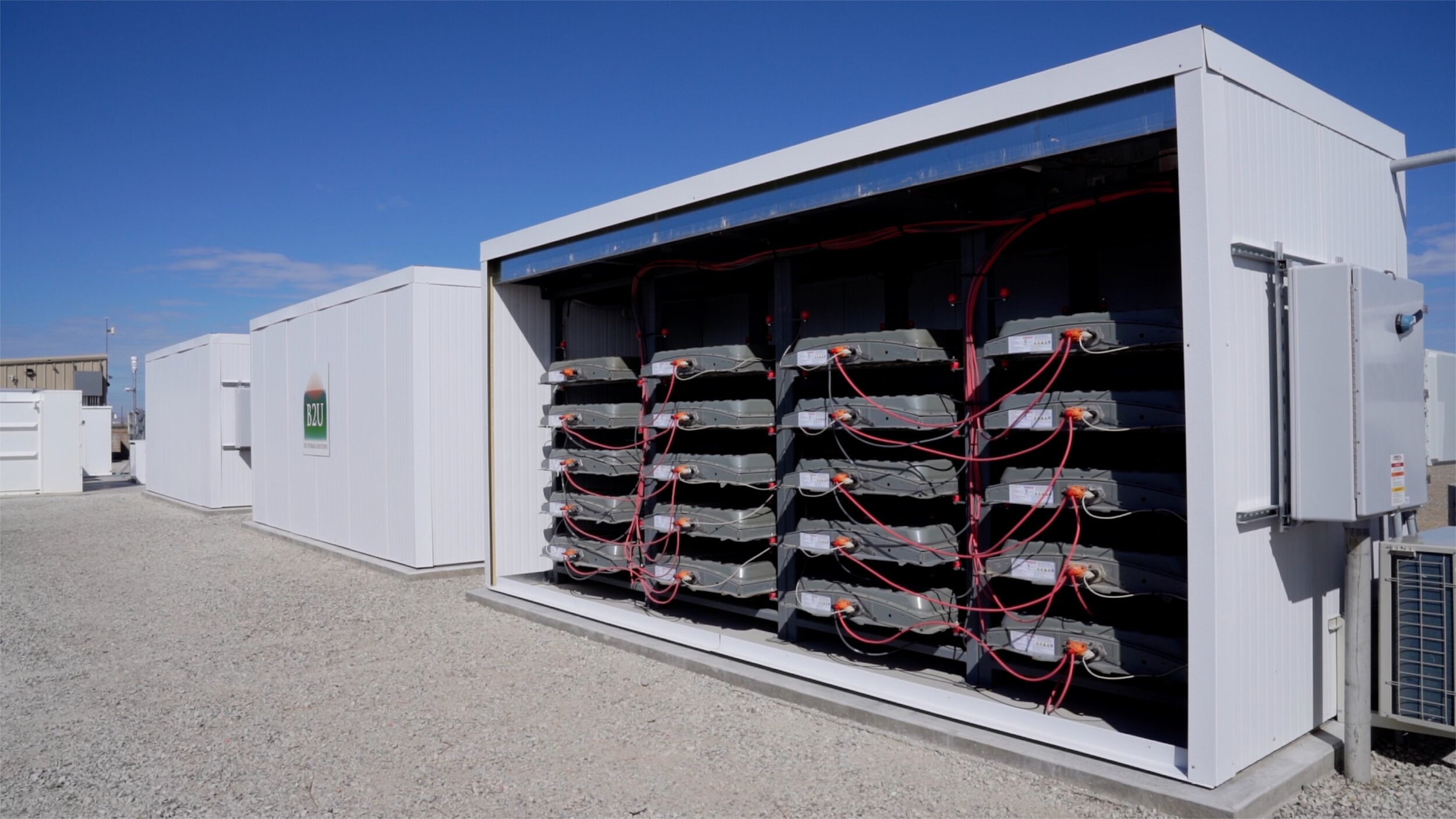This Southern California solar farm is using retired EV batteries for storing the power and then send to the grid when needed. This way the retired batteries can extend their usefulness for several…::A Southern California company is showing how repurposing EV batteries for stationary storage can extend their usefulness for several years.



That’s actually an ingenious idea I hadn’t thought about. How much cheaper are these batteries once they’ve been retired? Would this be a viable option for someone running solar at home, and wanting to store the power for later use, or is a home battery still the better option?
Yea, with a car you can’t really use them once the range gets low enough
With this, a bunch of batteries can work together for much longer. You also don’t need to worry about weight since they’re in one place
A Tesla Model 3, for example, has a battery capacity of 50 to 82 kWh. Let’s assume the lowest capacity of 50 kWh. A car battery is basically unusable long before it has lost around half its capacity. So 25 kWh. American households on average consume 10.6 MWh annually or about 29 kWh per day.
So an old Tesla battery still provides enough electricity to power an American household for nearly an entire day.
Really puts into perspective what a monumental waste of energy individual traffic, also with electric cars, is as well.
Well, sort of, it’s just that any sort of locomotion requires a lot more energy than you might think.
Yeah sure. But there’s a difference between moving a 2 ton vehicle per person or a bike.
There’s also something about their peak current being reduced with age, and in this use case, they don’t really need that peak current, so they really can stay useful for a long time in this use case
I thought I read that this was a plan Tesla had to repurpose the car batteries into power walls for home consumers. Not sure that ever ended up happening but great to see the retired car batteries given a second life
A 50 KWh or more battery pack will be overkill for most homes. But those will likely be available for cheap soon so it might still be a good option. Putting a pack that weighs several hundred kilos in your basement might be difficult, though.
I don’t know that a basement would be a good location regardless. If that thing sparks up, it’ll take out half the building before the fire department shows up.
I use mine as a box spring in my bedroom
Depends on the chemistry. I’d want NMC batteries outside and LFPs can be anywhere.
Im not 100% sure how the batteries are constructed from all of the cells (and I know it depends on the model), but the re-using process can work a lot better than just pulling out the battery and popping it down. EV batteries are in the range of hundreds of volts, but the cells themselves are about 4 volts. It’s my understanding that the battery as a whole doesn’t uniformly degrade, but you might have individual cells that degrade. If 1 cell in a chain of 10 goes bad, that chain can be made off limits to the battery, so you still technically have 9/10 cells that work fine.
The way a lot of people reuse/recycle/refurb (not sure what the right terminology is in this instance) EV batteries is to test each of the cells themselves, and get rid of the duds, and keep the decent cells. Tesla, for example, all used to use 18650 cells (and I think some models still do), which is the same exact cell that’s in decent name-brand cordless power tools.
When you aren’t required to keep weight, space, and extra circuitry to a minimum, you can really design a system that squeezes every last drop of usefulness out of those cells before they need to be melted down and remade.